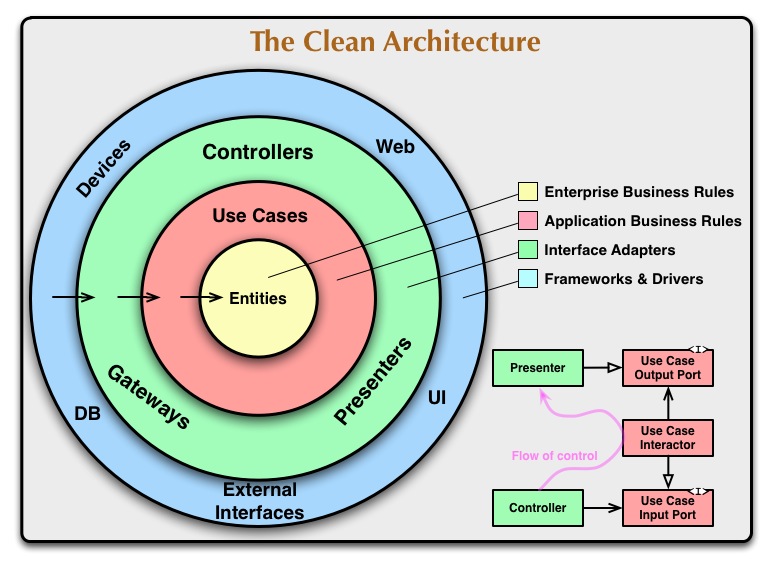Clean Architecture on Android - Example app
In this article, we'll create a super simple Hacker News client with Clean Architecture. We'll also use RxJava, Kotlin, Dagger, and Retrofit to build our app.
You might want to read Clean Architecture on Android where we go through the concepts in Clean Architecture if you haven't already.
Our app, which we'll call HnReader, will consist of a list showing the items currently displayed on the front page of Hacker News. If the user clicks on an item the default browser will display the story. The user should also be able to navigate to the comments and manually refresh the
